Over the past few weeks we have presented the concept of the “4 point plan” designed to move our lives in a much more positive direction whatever our situation is. The 4 points of the plan are:
- Positive Activity
- Positive Interaction
- Positive Thinking
- Hypnotherapy
Previous blogs have discussed the “three positives” – positive activity, interaction and thinking. This blog discusses how hypnotherapy can reinforce the benefits gained from thinking, interacting and acting in a positive way.
There are a few misconceptions around hypnotherapy, which we covered in a previous vlog:
Hypnotherapy sessions at ONE LIFE are structured in two parts. The first part of each session is conversational, where the therapist helps the client identify the next small step towards a more positive future. This small step is generally an action based upon positive activity, interaction or thinking.
Having come up with the next small step, which needs to be achievable and well-defined, the second part of the session takes place. This is the “trance” part of the session, where the client relaxes on the couch and the therapist delivers positive imagery and suggestion. This is designed to reduce the activity of the parts of the brain that cause anxiety and put up barriers against any change, and increase the power of the creative parts of the brain to greatly increase the likelihood of the client taking the next small step discussed in the first part of the session. The suggestions delivered by the therapist helps the client to replace negative thought patterns with more positive ways of thinking.
Trance might sound a little scary, but it is a very natural state. We enter many times a day, when we’re watching a good movie, or absorbed in a book, or maybe out for a run. Trance is when we fully focus our mind on one thing and the rest of the world just fades away.
Trance helps us access the deeper levels of the mind, allowing positive suggestions made by the hypnotherapist to be taken on board and acted upon.
It’s also a very positive process. It’s relatively straightforward to go to the gym or meet up with a friend but thinking positively is more difficult. Trance engages the deeper parts of your mind to focus more positively on what’s good, what you want, and what you want to achieve.
So that’s the four point plan. It’s an incredibly powerful model for improving lives. Perhaps you’re ready to take the first step?









Recent Comments